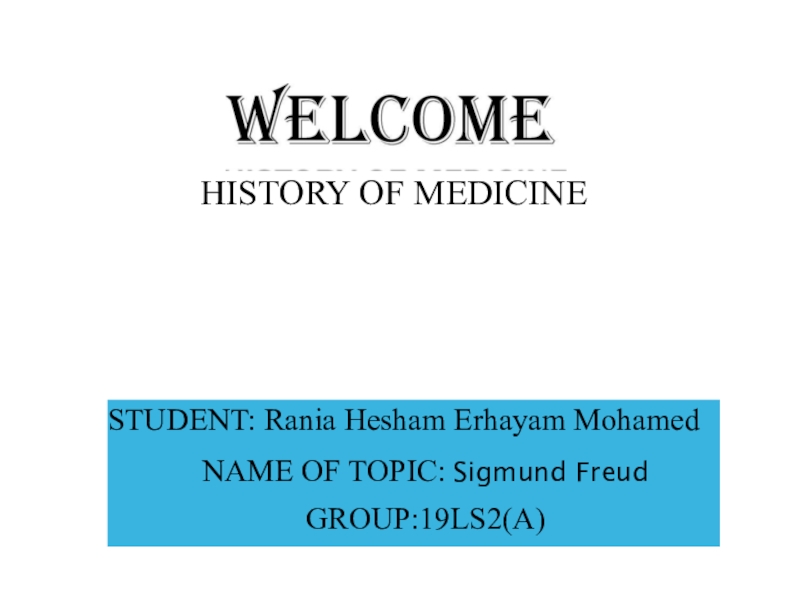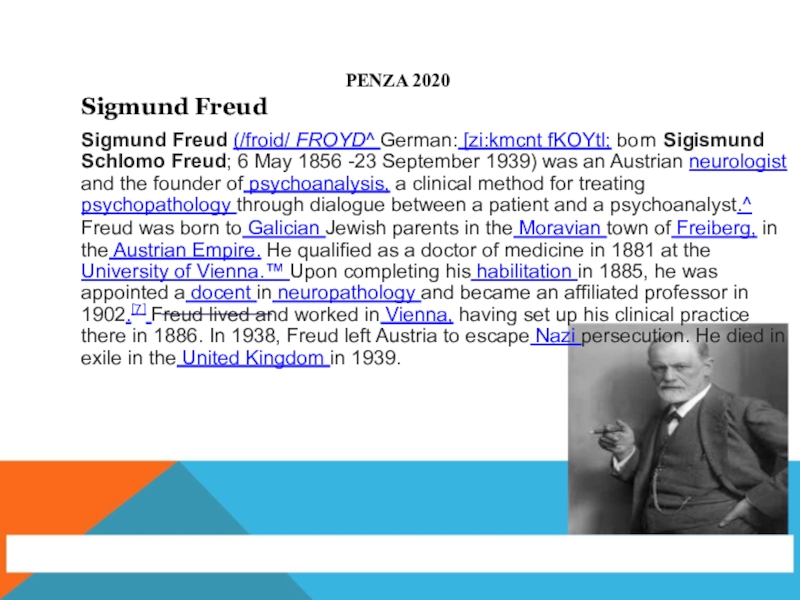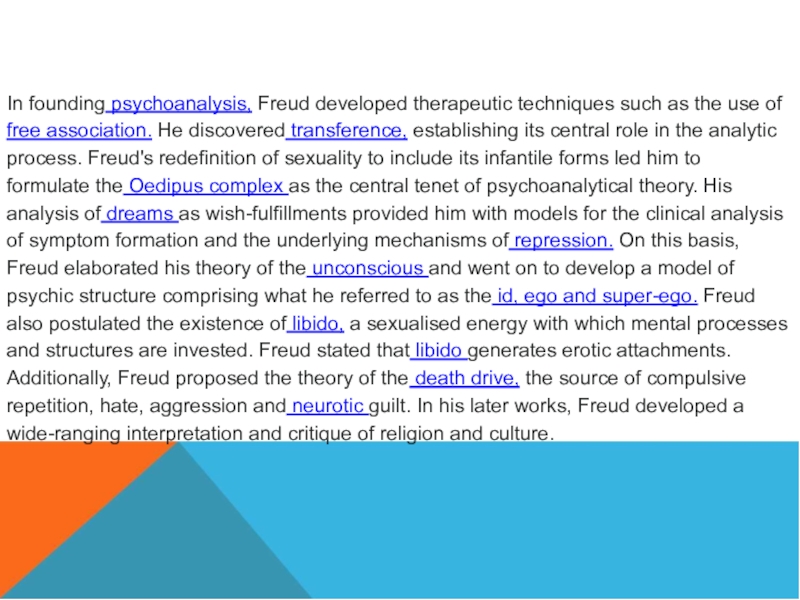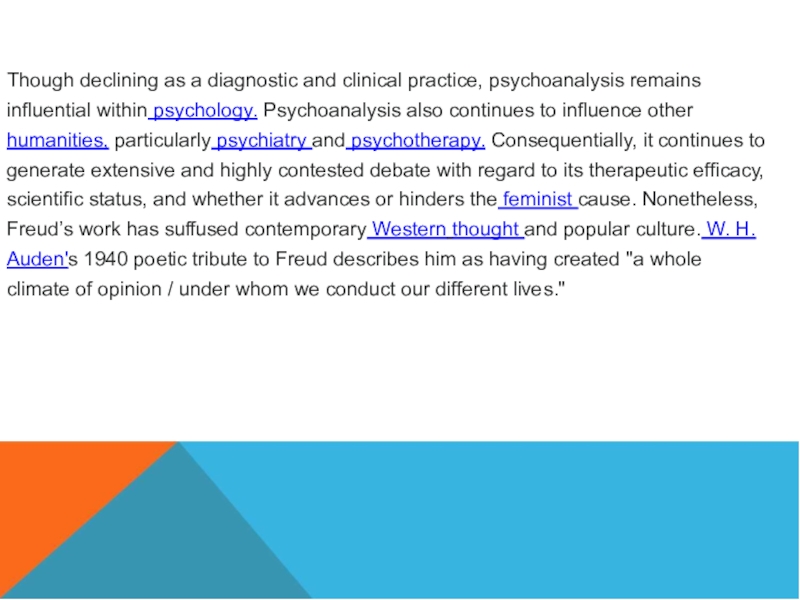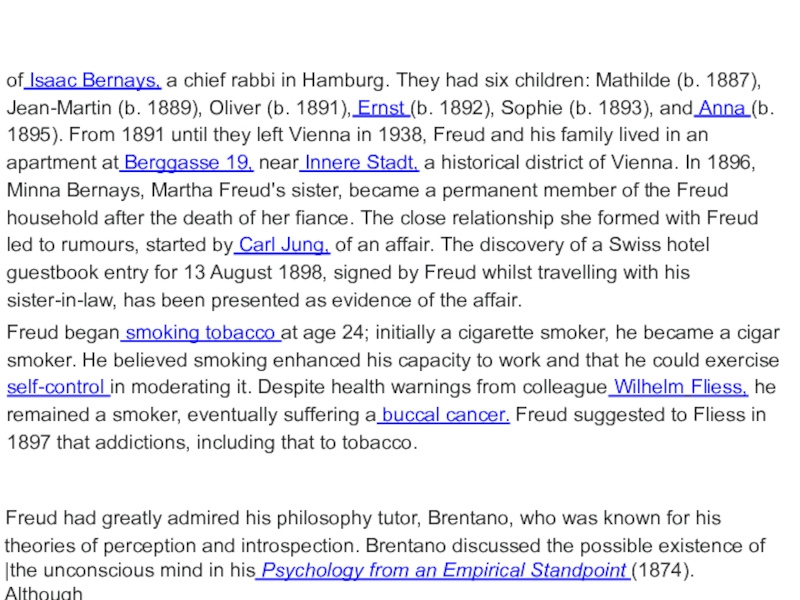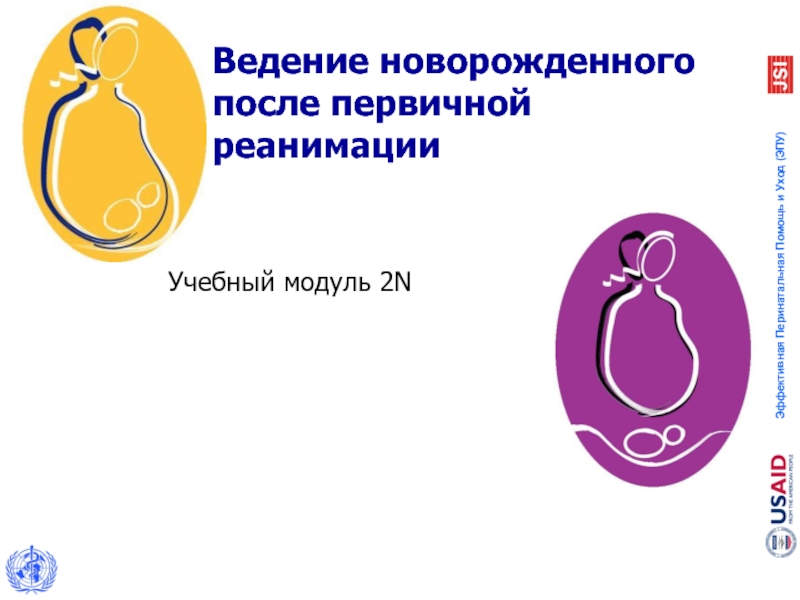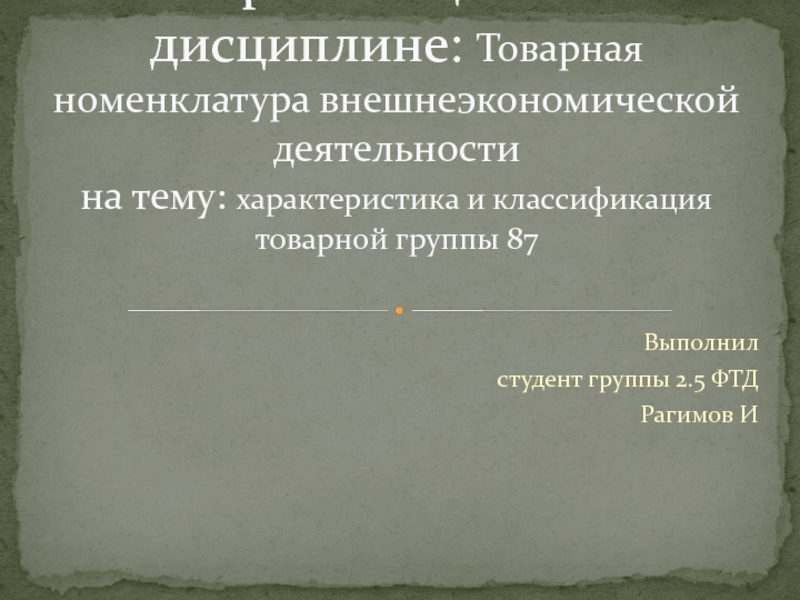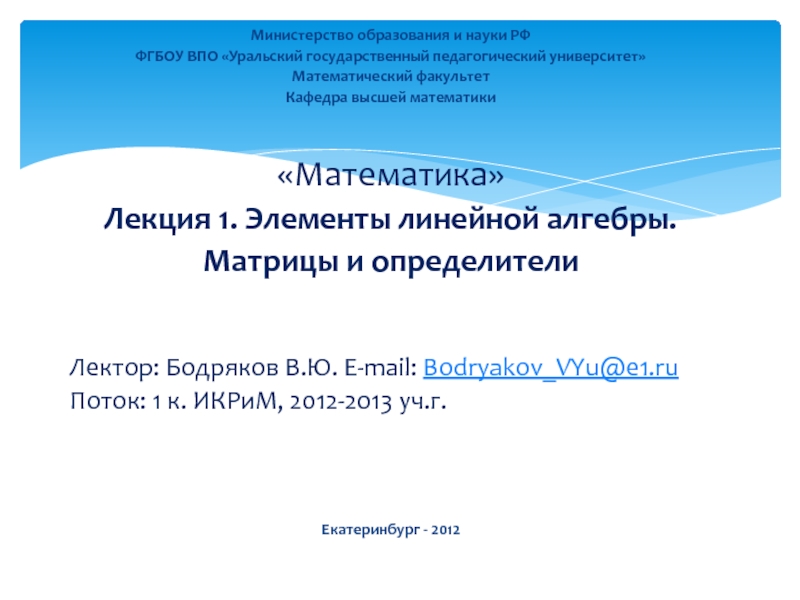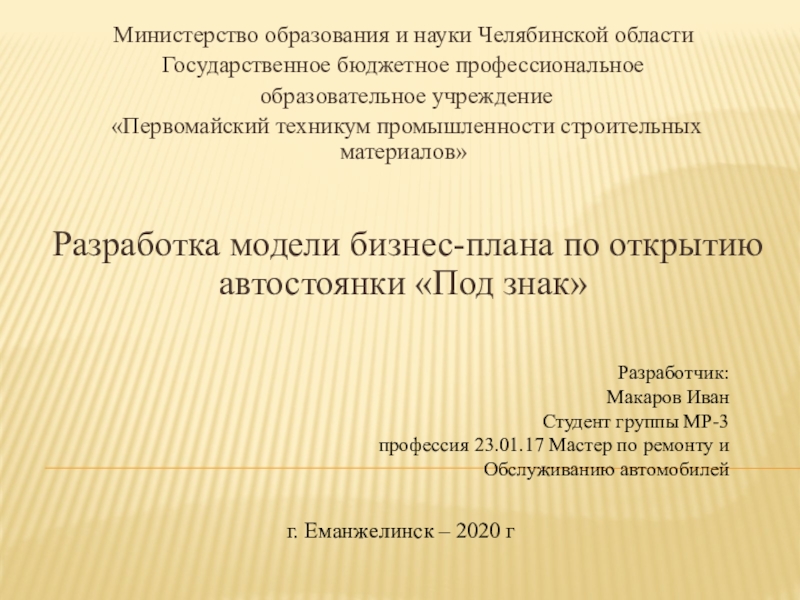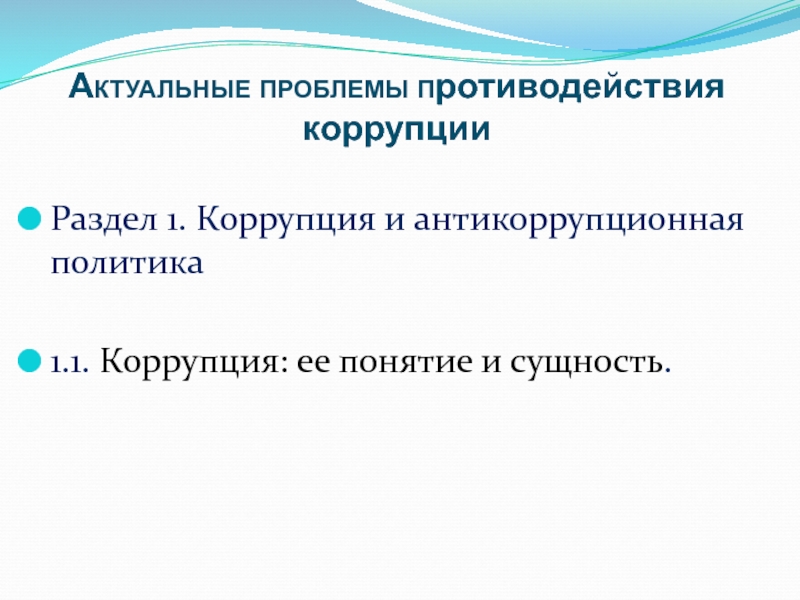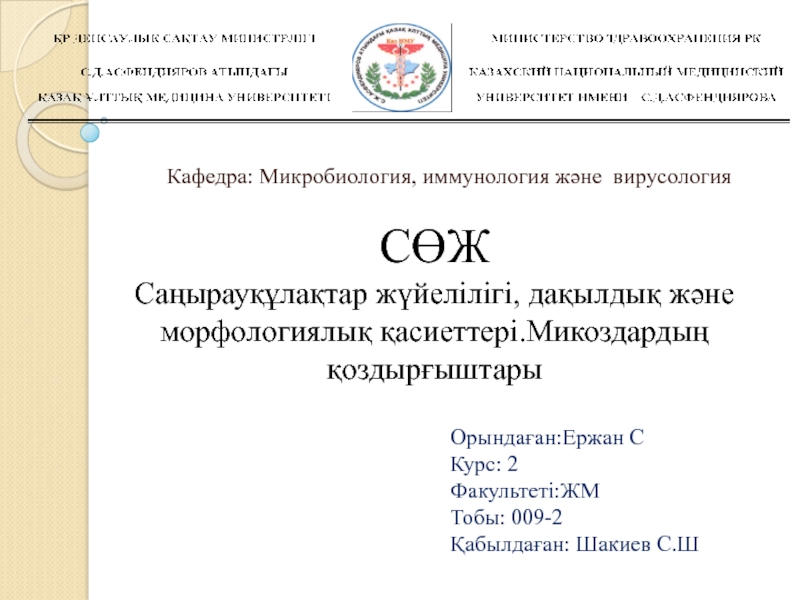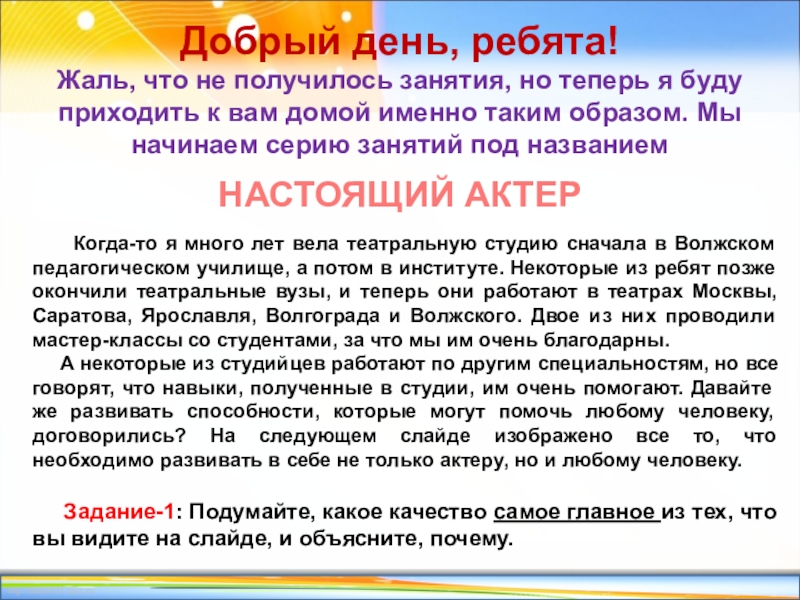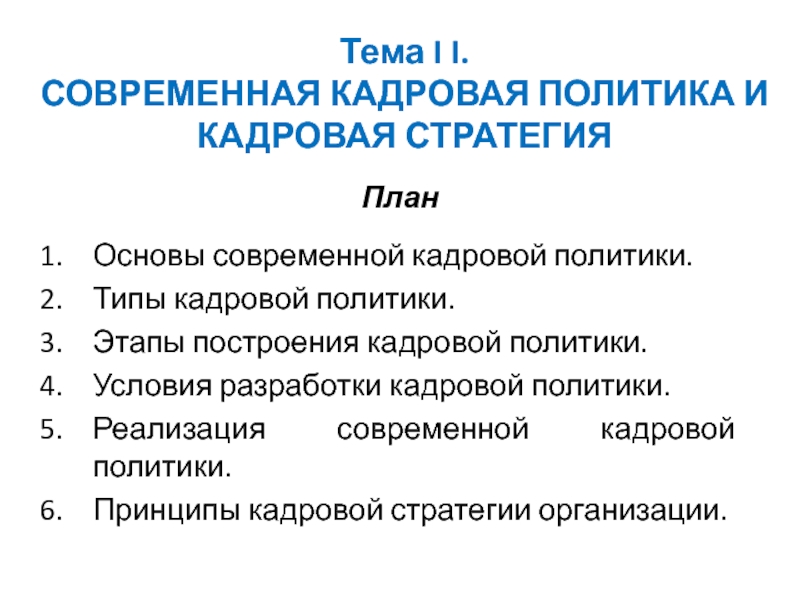Разделы презентаций
- Разное
- Английский язык
- Астрономия
- Алгебра
- Биология
- География
- Геометрия
- Детские презентации
- Информатика
- История
- Литература
- Математика
- Медицина
- Менеджмент
- Музыка
- МХК
- Немецкий язык
- ОБЖ
- Обществознание
- Окружающий мир
- Педагогика
- Русский язык
- Технология
- Физика
- Философия
- Химия
- Шаблоны, картинки для презентаций
- Экология
- Экономика
- Юриспруденция
HISTORY OF MEDICINE STUDENT: Rania Hesham Erhayam Mohamed NAME OF TOPIC:
Содержание
- 1. HISTORY OF MEDICINE STUDENT: Rania Hesham Erhayam Mohamed NAME OF TOPIC:
- 2. PENZA 2020Sigmund FreudSigmund Freud (/froid/ FROYD^ German:
- 3. In founding psychoanalysis, Freud developed therapeutic techniques
- 4. Though declining as a diagnostic and clinical
- 5. BiographyEarly life and education: Freud was born
- 6. were married by Rabbi Isaac Noah Mannheimer
- 7. Freud entered the University of Vienna at
- 8. In 1882, Freud began his medical career
- 9. of Isaac Bernays, a chief rabbi in
- 10. Brentano denied its existence, his discussion of
- 11. of both Schopenhauer and Nietzsche, both of
- 12. Development of psychoanalysis:In October 1885, Freud went
- 13. THANK YOU
- 14. Скачать презентанцию
Слайды и текст этой презентации
Слайд 1HISTORY OF MEDICINE
STUDENT: Rania Hesham Erhayam Mohamed
NAME OF TOPIC: Sigmund
Freud GROUP:19LS2(A)
Слайд 2PENZA 2020
Sigmund Freud
Sigmund Freud (/froid/ FROYD^ German: [zi:kmcnt fKOYtl; born
Sigismund Schlomo Freud; 6 May 1856 -23 September 1939) was
an Austrian neurologist and the founder of psychoanalysis, a clinical method for treating psychopathology through dialogue between a patient and a psychoanalyst.^Freud was born to Galician Jewish parents in the Moravian town of Freiberg, in the Austrian Empire. He qualified as a doctor of medicine in 1881 at the University of Vienna.™ Upon completing his habilitation in 1885, he was appointed a docent in neuropathology and became an affiliated professor in 1902.[7] Freud lived and worked in Vienna, having set up his clinical practice there in 1886. In 1938, Freud left Austria to escape Nazi persecution. He died in exile in the United Kingdom in 1939.
Слайд 3In founding psychoanalysis, Freud developed therapeutic techniques such as the
use of free association. He discovered transference, establishing its central
role in the analytic process. Freud's redefinition of sexuality to include its infantile forms led him to formulate the Oedipus complex as the central tenet of psychoanalytical theory. His analysis of dreams as wish-fulfillments provided him with models for the clinical analysis of symptom formation and the underlying mechanisms of repression. On this basis, Freud elaborated his theory of the unconscious and went on to develop a model of psychic structure comprising what he referred to as the id, ego and super-ego. Freud also postulated the existence of libido, a sexualised energy with which mental processes and structures are invested. Freud stated that libido generates erotic attachments. Additionally, Freud proposed the theory of the death drive, the source of compulsive repetition, hate, aggression and neurotic guilt. In his later works, Freud developed a wide-ranging interpretation and critique of religion and culture.Слайд 4Though declining as a diagnostic and clinical practice, psychoanalysis remains
influential within psychology. Psychoanalysis also continues to influence other humanities,
particularly psychiatry and psychotherapy. Consequentially, it continues to generate extensive and highly contested debate with regard to its therapeutic efficacy, scientific status, and whether it advances or hinders the feminist cause. Nonetheless, Freud’s work has suffused contemporary Western thought and popular culture. W. H. Auden's 1940 poetic tribute to Freud describes him as having created "a whole climate of opinion / under whom we conduct our different lives."Слайд 5Biography
Early life and education: Freud was born to Jewish parents
in the Moravian town of Freiberg, in the Austrian Empire
(later Prlbor, Czech Republic), the first of eight children. Both of his parents were from Galicia, a province straddling modern-day West Ukraine and Poland. His father, Jakob Freud (1815-1896), a wool merchant, had two sons, Emanuel (1833-1914) and Philipp (1836-1911), by his first marriage. Jakob's family were Hasidic Jews and, although Jakob himself had moved away from the tradition, he came to be known for his Torah study. He and Freud's mother, Amalia Nathansohn, who was 20 years younger and his third wifeСлайд 6were married by Rabbi Isaac Noah Mannheimer on 29 July
1855. They were struggling financially and living in a rented
room, in a locksmith's house at Schlossergasse 117 when their son Sigmund was born. He was born with a caul, which his mother saw as a positive omen for the boy's future.In 1859, the Freud family left Freiberg. Freud's half-brothers emigrated to Manchester, England, parting him from the "inseparable" playmate of his early childhood, Emanuel's son, John. Jakob Freud took his wife and two children (Freud's sister, Anna, was born in 1858; a brother, Julius born in 1857, had died in infancy) firstly to Leipzig and then in 1860 to Vienna where four sisters and a brother were born: Rosa (b. 1860), Marie (b. 1861), Adolfine (b. 1862), Paula (b. 1864), Alexander (b. 1866). In 1865, the nine-year-old Freud entered the Leopoldstadter Kommunal-Realgymnasium, a prominent high school. He proved to be an outstanding pupil and graduated from the Matura in 1873 with honors. He loved literature and was proficient in German
Слайд 7Freud entered the University of Vienna at age 17. He
had planned to study law, but joined the medical faculty
at the university, where his studies included philosophy under Franz Brentano, physiology under Ernst Brucke, and zoology under Darwinist professor Carl Claus. In 1876, Freud spent four weeks at Claus's zoological research station in Trieste, dissecting hundreds of eels in an inconclusive search for their male reproductive organs. In 1877 Freud moved to Ernst Brucke's physiology laboratory where he spent six years comparing the brains of humans and other vertebrates with those of frogs and invertebrates such as crayfish and lampreys. His research work on the biology of nervous tissue proved seminal for the subsequent discovery of the neuron in the 1890sСлайд 8In 1882, Freud began his medical career at the Vienna
General Hospital. His research work in cerebral anatomy led to
the publication of an influential paper on the palliative effects of cocaine in 1884 and his work on aphasia would form the basis of his first book On the Aphasias: a Critical Study, published in 1891. Over a three-year period, Freud worked in various departments of the hospital. His time spent in Theodor Meynert’s psychiatric clinic and as a locum in a local asylum led to an increased interest in clinical work. His substantial body of published research led to his appointment as a university lecturer or docent in neuropathology in 1885, a non-salaried post but one which entitled him to give lectures at the University of Vienna.Слайд 9of Isaac Bernays, a chief rabbi in Hamburg. They had
six children: Mathilde (b. 1887), Jean-Martin (b. 1889), Oliver (b.
1891), Ernst (b. 1892), Sophie (b. 1893), and Anna (b. 1895). From 1891 until they left Vienna in 1938, Freud and his family lived in an apartment at Berggasse 19, near Innere Stadt, a historical district of Vienna. In 1896, Minna Bernays, Martha Freud's sister, became a permanent member of the Freud household after the death of her fiance. The close relationship she formed with Freud led to rumours, started by Carl Jung, of an affair. The discovery of a Swiss hotel guestbook entry for 13 August 1898, signed by Freud whilst travelling with his sister-in-law, has been presented as evidence of the affair.Freud began smoking tobacco at age 24; initially a cigarette smoker, he became a cigar smoker. He believed smoking enhanced his capacity to work and that he could exercise self-control in moderating it. Despite health warnings from colleague Wilhelm Fliess, he remained a smoker, eventually suffering a buccal cancer. Freud suggested to Fliess in 1897 that addictions, including that to tobacco.
Freud had greatly admired his philosophy tutor, Brentano, who was known for his
theories of perception and introspection. Brentano discussed the possible existence of
|the unconscious mind in his Psychology from an Empirical Standpoint (1874). Although
Слайд 10Brentano denied its existence, his discussion of the unconscious probably
helped introduce Freud to the concept. Freud owned and made
use of Charles Darwin’s major evolutionary writings, and was also influenced by Eduard von Hartmann’s The Philosophy of the Unconscious (1869). Other texts of importance to Freud were by Fechner and Herbart with the latter’s Psychology as Science arguably considered to be of underrated significance in this respect. Freud also drew on the work of Theodor Lipps who was one of the main contemporary theorists of the concepts of the unconscious and empathy.Слайд 11of both Schopenhauer and Nietzsche, both of whom he claimed
not to have read until late in life. One historian
concluded, based on Freud's correspondence with his adolescent friend Eduard Silberstein, that Freud read Nietzsche's The Birth of Tragedy and the first two of the Untimely Meditations when he was seventeen. In 1900, the year of Nietzsche's death, Freud bought his collected works; he told his friend,Fliess, that he hoped to find in Nietzsche's works "the words for much that remains mute in me." Later, he said he had not yet opened them. Freud came to treat Nietzsche's writings "as texts to be resisted far more than to be studied." His interest in philosophy declined after he had decided on a career in neurology.
Слайд 12Development of psychoanalysis:
In October 1885, Freud went to Paris on
a three-month fellowship to study with Jean-Martin Charcot, a renowned
neurologist who was conducting scientific research into hypnosis. He was later to recall the experience of this stay as catalytic in turning him toward the practice of medical psychopathology and away from a less financially promising career in neurology research.^ Charcot specialized in the study of hysteria and susceptibility to hypnosis, which he frequently demonstrated with patients on stage in front of an audience.Once he had set up in private practice back in Vienna in 1886, Freud began using hypnosis in his clinical work. He adopted the approach of his friend and collaborator, Josef Breuer, in a type of hypnosis which was different from the French methods he had studied, in that it did not use suggestion. The treatment of one particular patient of Breuer's proved to be transformative for Freud's clinical practice. Described as Anna O., she was invited to talk about her symptoms while under hypnosis (she would coin the phrase "talking cure" for her treatment). In the course of talking in this way, her symptoms became reduced in severity as she retrieved memories of traumatic incidents associated with their onset.
